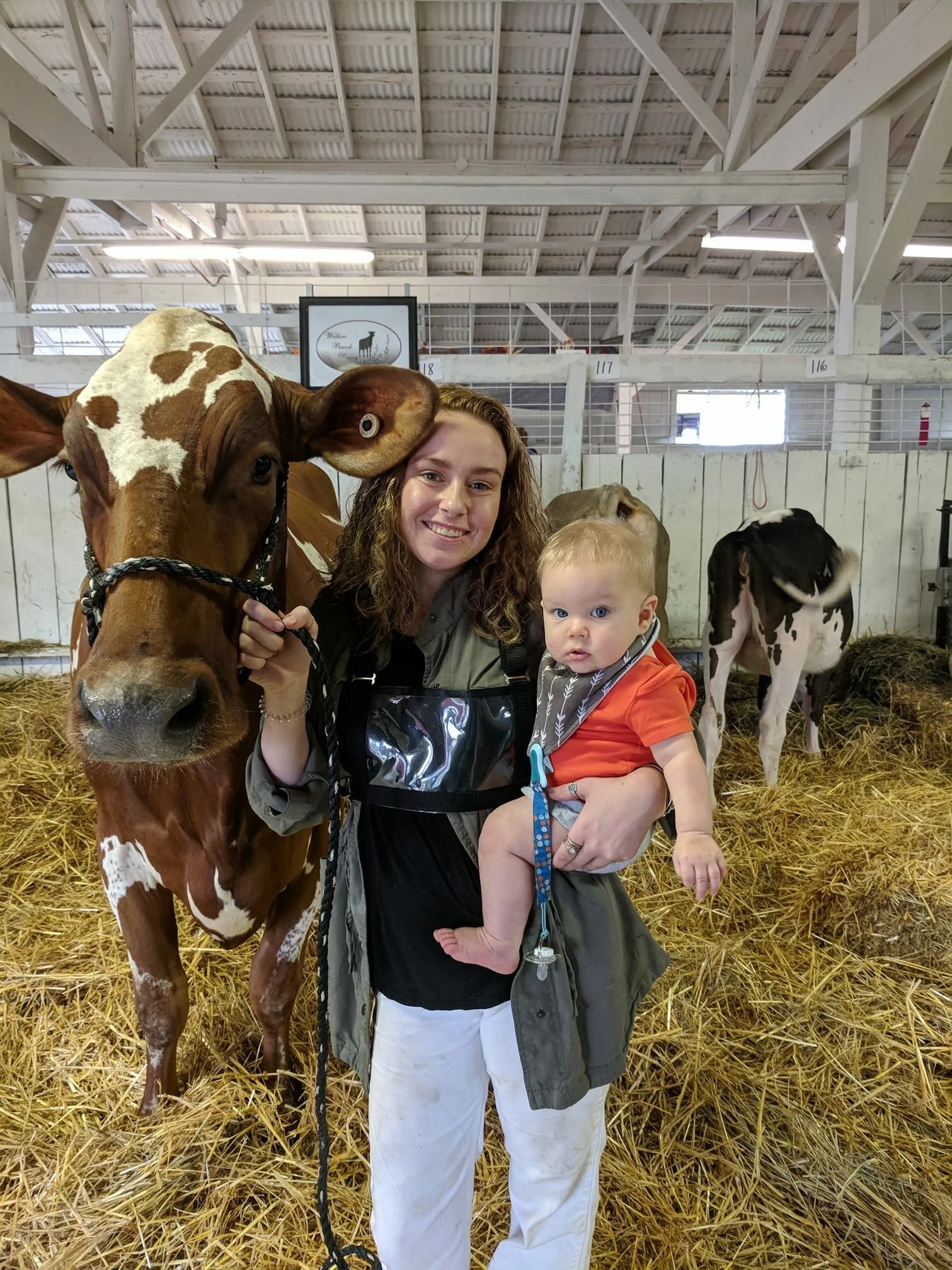Where would we BEE without pollinators?
Have you really took the time to think about what pollinators do for us? Do they just help grow pretty flowers? Or do bees just give us delicious honey? Pollinators are actually so much more than that and i’m not just talking about the bees.
Pollinators include bees, wasps, ants, flies, mosquitoes, butterflies, moths, beetles, bats, birds, possum, rodents, and birds. These probably all seem so different to you, but what makes them so similar is that they all help to bring food to your table. This is why this year for the NACD’s Stewardship week they chose to highlight the importance of pollinators with the the “Where Would we BEE Without Pollinators?” If you go nacdnet.org you can find several different activities for your kids to do while they’re at home.
Pollination is the process of fertilizing plants by transferring pollen from a female to a male plant. The plant’s goal is to reproduce and in order for them to do so they have to produce seeds. When the pollen gets transferred the fertilization allows the plants to start this process.
You may not eat the seeds like you might snack on some sunflower seeds, however you may eat things like watermelons, tomatoes or bread. That’s right I said bread! The flour used in any baking is produced from grain products which all require pollination as well.
At this point you are probably rethinking how important those bees or ants are now. You might also be thinking about how you have seen less and less bees flying around in the summer. That’s because an estimated 16% of pollinator species are facing global extinction.
Pollinators are believed to be necessary for 75% of food crops, bees alone are thought to be necessary for the fertilization of up to 90% of the world’s 107 most important food crops. What can we do?
If you’re interested in helping support pollinators there are several ways you can do so. One way would be to start a pollinator garden. Add an area on your property were you may let the grass grow up or leave down a dead tree limb. This always pollinators a place to live.
When planting flowers, try to plant a variety of flowers that bloom from early spring till late fall. Try to plant in clumps to make it easier for the pollinators to find the flowers and avoid hybrid flowers as best as possible.
If you are interested in helping support the monarch butterflies we do a collection every fall of milkweed pods. If you would like to drop off some to help our collection or if you’re interested in planting seeds please reach out to Ashland Soil and Water Conservation District.
Another way to help pollinators is to build pollinator houses. Creating a pollinator house is a great way to increase pollinator habitat in your own yard and garden, as they provide shelter and nesting areas for native bee populations. They can take a variety of different shapes and forms, ranging from elaborate house structures to a simple blocks or logs. This will allow the pollinators safety and will also increase the pollination of your gardens plants.
If you would like more information on how you can help protect our pollinators or about our milkweed pod collection in the fall please reach out to Ashland Soil and Water at 419-281-7645
Becca Vales
As urban & education specialist, Becca will implements our urban agriculture initiative grant through the National Association of Conservation Districts. She works to develop urban agriculture and stormwater education programs throughout the county. In her spare time, Becca enjoys hiking, showing dairy cows, puzzles ,cooking, crafting and spending time with family.




